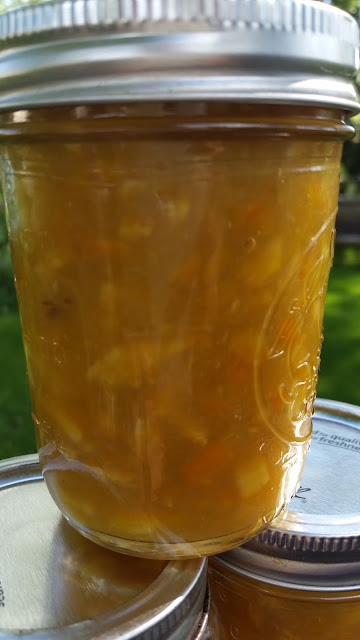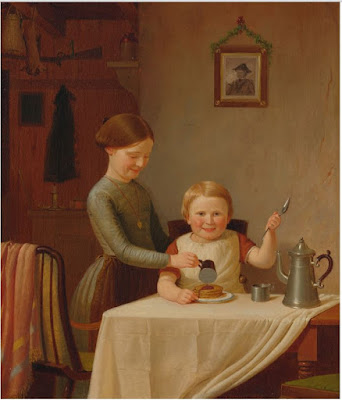Cider Cake from The Kentucky Housewife

It's been such an incredibly busy and fulfilling summer, so I am far beyond in posting. Let's swing back into action with a cider cake! Cider cake just sounds so very autumnal. Since the recipe calls for sweet cider, there does seem to be a reason for that feeling. I've had mixed luck with various cider cake recipes. While they taste nice, the resulting cake is heavy and dense. Period cakes are much denser than our modern taste expects, but my results were heavier than normal. Today's version comes from The Kentucky Housewife of 1839 The Recipe What I Did I decided to apply what I have learned about period cake baking technique to this recipe and beat the egg whites and yolks separately, rather than adding the eggs in whole, as I usually would. I have a kitchen scale (highly recommend one!), so I weighed out my sugar. Separate the whites from the yolks of 6 eggs. Beat the egg whites until stiff. In a separate bowl, beat




